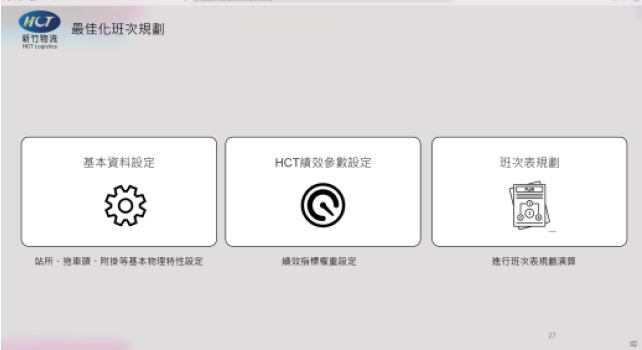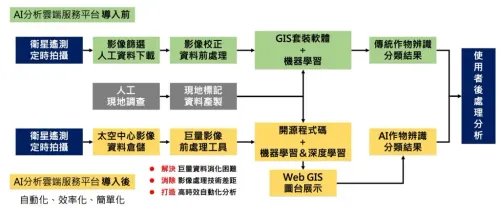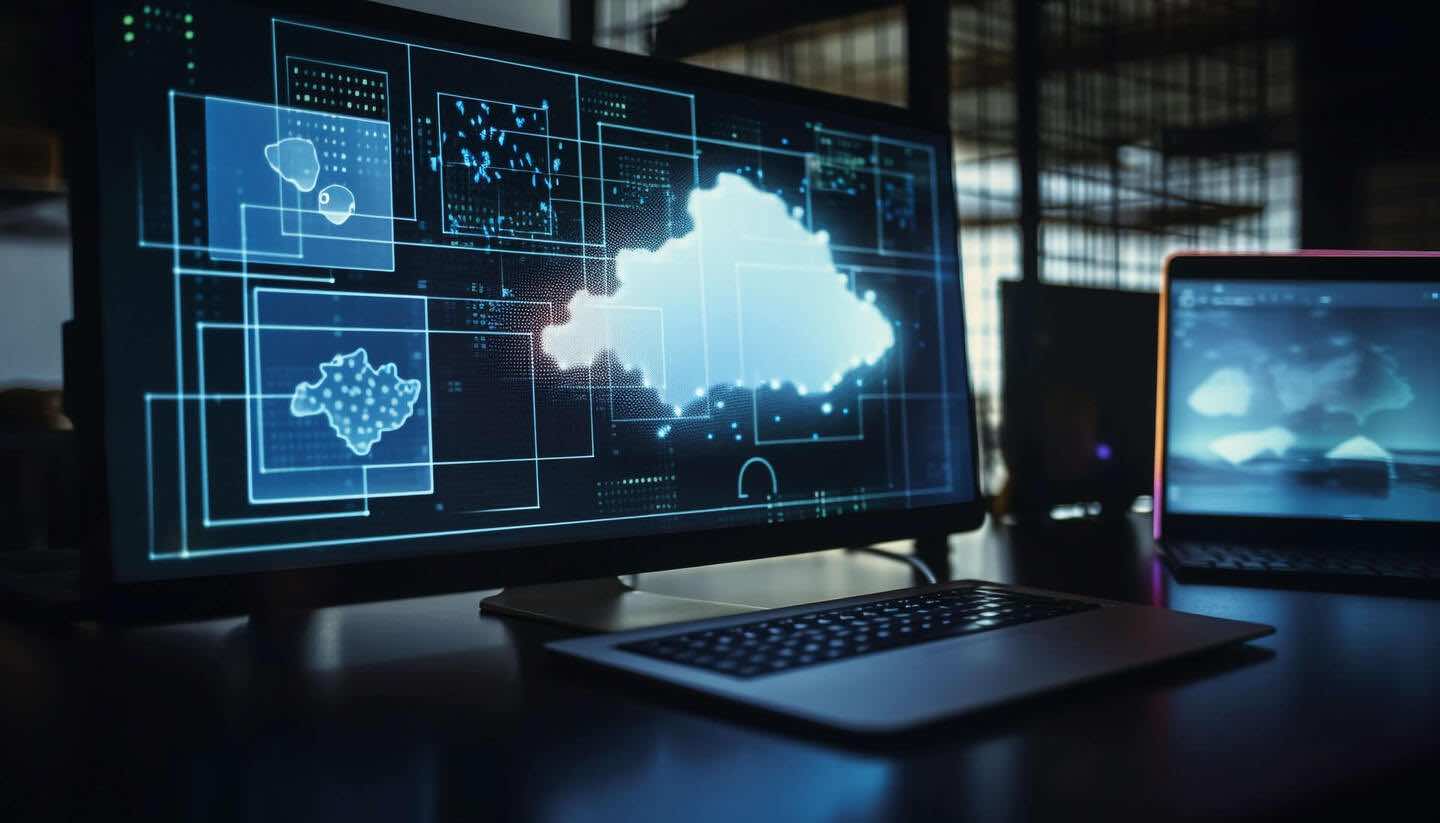【2021 Application Example】 Advancing to Smart Logistics 5.0: Hsinchu Logistics Delivers Medical Materials with Ultra-High Efficiency
After incorporating AI technology, traditional logistics companies have seen significant improvements in transportation efficiency and reductions in transportation costs, especially in the transfer of medical materials which involves timely service and rights of hospitals and patients. The implementation of intelligent logistics can save medical material businesses the cost of constructing GDP warehouses and other expenses up to millions.
A major domestic logistics leader, Hsinchu Transport (HCT), owns a fleet of 3,500 vehicles and a storage area of 60,000 square meters, providing customized logistics solutions including logistics, commerce, finance, information, distribution, storage, and processing. The company handles up to 580,000 parcels per day, with a maximum capacity reaching 900,000 parcels, making the enhancement of transshipment efficiency crucial for HCT.
Medical materials transportation at hospitals need optimization of current operational processes and enhancements in systematization and intelligence.
Especially the transportation of hospital medical materials, which encounters various challenges. Medical materials suppliers need to cater to varying customer product demands, temperature requirements, and delivery times through multiple logistics providers. This highly depends on the experience and careful control of operations staff. Whether it is the product shipment or actual logistics process, each step must be interconnected. Any human errors can impact the service timing and rights of the hospitals and patients. Thus, all concerned businesses, along with the government and hospitals, are working to optimize current operational processes and elevate the level of systematization, automation, and intelligence to minimize service errors and cost losses.

HCT's distribution process prior to AI implementation.
Currently, with the government's push for standardized platform operations on the demand side of hospitals, supply-side businesses collaborate through data coordination to improve the accuracy and efficiency of product shipments, enhancing operational quality and management benefits at the demand side. At the same time, some businesses are also investing in the standardization and systematization of internal operational processes, thus enhancing operational efficiency and quality.
In the freight logistics sector, logistics companies' warehouse staff need to expend labor to control different logistics shipment operations. If they often receive emergency task notifications for shipments to medical facilities, they usually depend on small regional logistics providers to provide customized delivery services. Although this improves delivery times, it does not allow for integrated informational services.
The new GDP regulations for medical materials require suppliers to undergo GDP compliance certification. Therefore, Hsinchu Transport, assisted by the Ministry of Economic Affairs' AI coaching program, not only extends existing logistics services compliant with GDP regulations but will also use data integration and optimized AI technologies to help medical material businesses streamline and improve their logistics operations.
Complex logistics issues are solved using the Simulated Annealing (SA) algorithm.
To meet the 'Good Distribution Practices for Medical Devices,' Hsinchu Transport is not only actively introducing new logistics vehicles but will also implement artificial intelligence-based mathematical optimization technologies to assist in intelligent scheduling at nationwide business points and transshipment stations. They aim to optimize the routing of medical materials between business points or regions thereby enhancing efficiency in the distribution process.
Currently, during the transshipment process of medical materials at Hsinchu Transport, detachable tractor heads and containers are used. Each business point and transshipment station differ in location design and staffing, impacting the throughput per unit of time. Furthermore, daily cargo conditions (size, destination) vary, and due to these fluctuating and distinct demands, the deployment of tractor heads and containers changes accordingly. Under these circumstances, Hsinchu Transport relies on past experiences to schedule departures at each satellite depot and adjusts daily according to the cargo needs.
Due to the reliance on empirical scheduling, it is often difficult to consider all variables and considerations, leaving room for improvement in the current departure schedules. The cargo delivery planning inherently constitutes an NP-Hard problem, difficult to solve with traditional analytical methods. Hsinchu Transport, in collaboration with Singular Infinity, utilizes the Simulated Annealing (SA) algorithm to find solutions. The new logistic service introduced by Hsinchu Transport is 'GDP Container Shift Planning'. This planning involves estimating future volumes of medical materials between stations and scheduling container truck shifts accordingly, ensuring timely and quality delivery of medical materials while maximizing operational benefits and reducing travel distances.

Hsinchu Transport introduces AI-optimized shift planning, constructing the most efficient route from its origin to destination.
Hsinchu Transport introduces 'Optimized Shift Planning' service, reducing transportation costs by 5%
The introduction method involves using cloud software services. Hsinchu Transport regularly inputs 'Interchange Item Tables' from station to station into the 'Optimized Shift Planning' service. After setting the algorithm parameters, a GDP container shift schedule is generated. At the same time, developing a Hsinchu Transport medical material scheduling system allows Hsinchu Transport's medical transport units to compile suitable schedules through the Interchange Item Tables. Under the same level of service, it's estimated that this can reduce transportation costs by 5%, saving medical material businesses millions in construction costs for GDP warehouses and distribution.
Due to its requirements for sanitation, temperature, and its fragility, the transportation and transshipment of medical materials should be minimized to reduce exposure and risk. However, logistics efficiency and costs must still be considered. AI designs the most efficient route for each cargo from its origin to destination, effectively completing daily transportation tasks.
In response to the future high development demand of industrial logistics, distribution and transshipment AI optimization will be a key issue. Through this project, a dedicated project promotion organization will be established, staffed with AI technology, IT, and process domain talents. After accumulating implementation experience, the application of AI will gradually expand, comprehensively optimizing and transforming Hsinchu Transport's operational system, and partnering with AIOT and various AI domain partners to accelerate and expand the achievement of benefits.
「Translated content is generated by ChatGPT and is for reference only. Translation date:2024-05-19」


